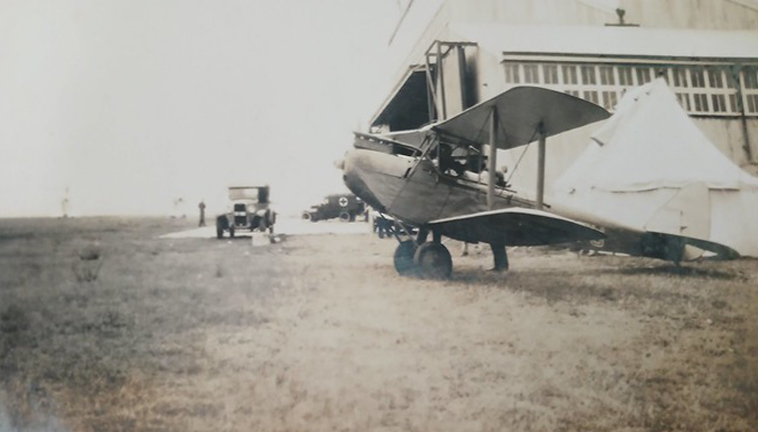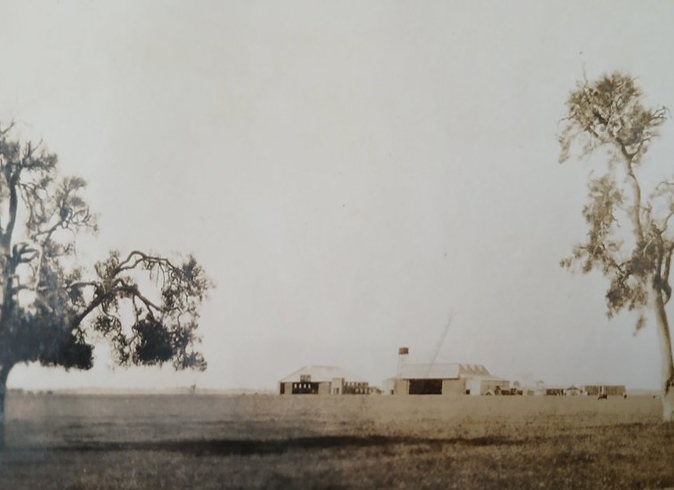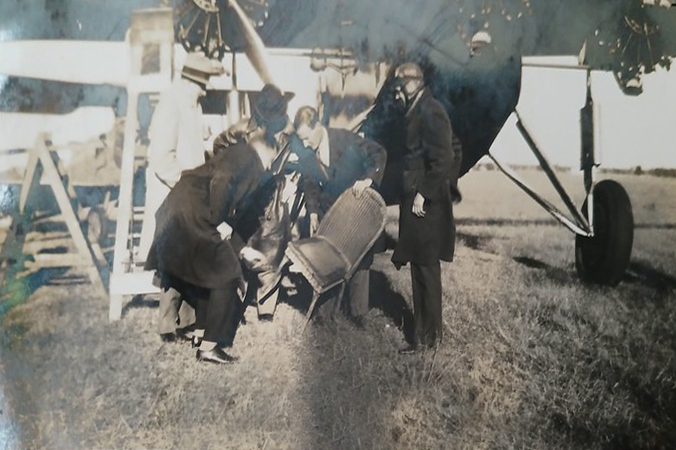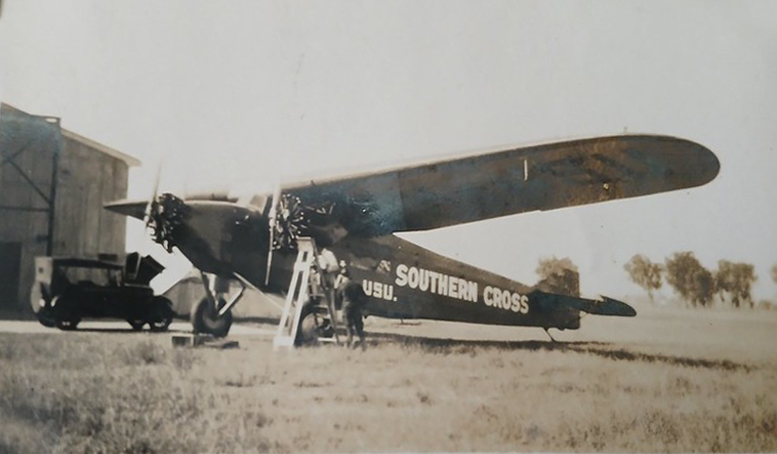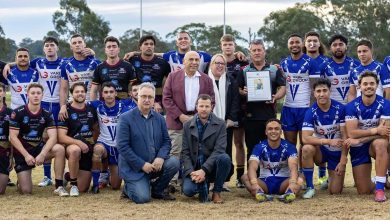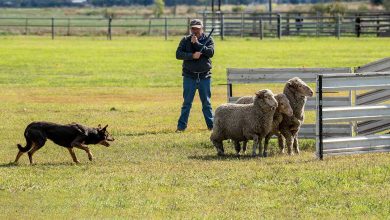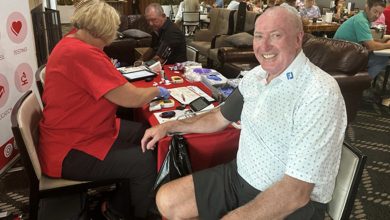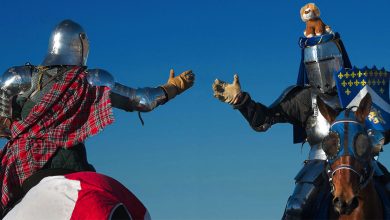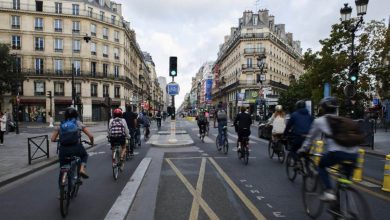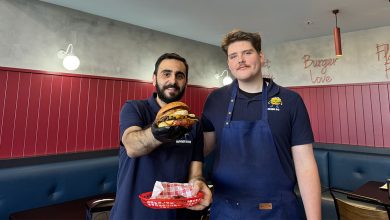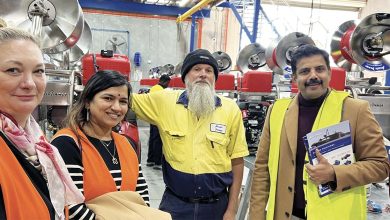100 Years in the Skies Over Richmond
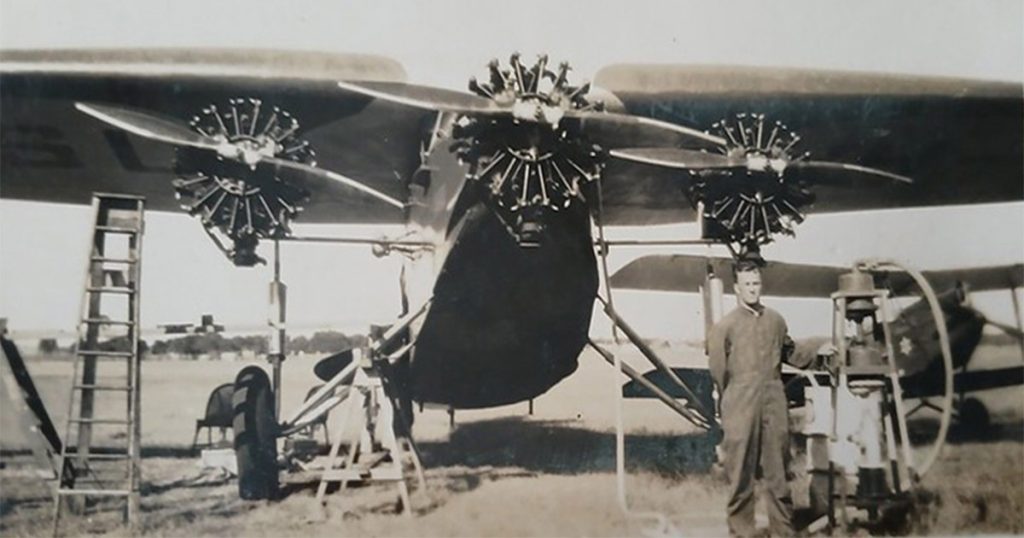
On 30 June 1925, almost 100 years ago, the Royal Australian Air Force established a base at what was then known as Ham Common. The flat land situated between Richmond and Windsor was a popular spot for horse racing (as evidenced by the establishment of Clarendon or Richmond racecourse) and for aviators such William Hart, the flying dentist from Parramatta, who conducted flights from Ham Common in 1912.
The NSW State Government sponsored the establishment of a flying school at the site in 1916 as part of the war effort during the First World War, graduates from the school would then join the Australian Flying Corps or be shipped to Britain to join the Royal Flying Corps. Both of these organisations eventually formed the basis of the Air Forces of either Australia or Britain.
William Hart was the winner of Australia’s first air race from Botany to Parramatta in 1912 – a distance of 32 kilometres. He completed the distance in 23 minutes and won the race. He also opened an Aviation School in Penrith, taking on student aviators.
On 30 June 1912, William Hart flew from Parramatta Park to Richmond. He had intended to fly the former mayor, Alderman Jago, who had become a firm supporter of Mr. Hart, to fulfill a longstanding promise, but the conditions looked dangerous, so he flew solo.
In August 1912, William Hart constructed a two-seat monoplane which he successfully tested at Wagga Wagga, but narrowly escaped death in it in a serious accident in Richmond on the 4 September of that year. He suffered multiple fractures and a fractured skull and lapsed into a coma for three weeks. He was in rehabilitation in Windsor Hospital for two months and in recovery for nearly a year. This accident effectively ended his aviation career.
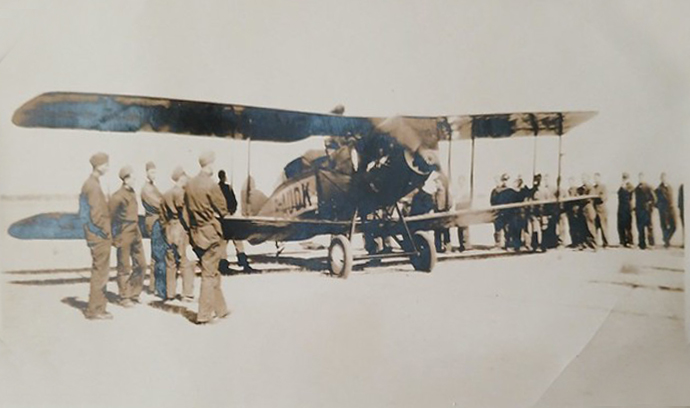
The Royal Australian Air Force was established in March 1921 at Point Cook, Melbourne after which it was deemed necessary to also establish a base near Sydney. Senior officers of the RAAF felt that it should not be located near the coast where it could be subjected to naval bombardment. At the time it was felt that aircraft in Australia were more likely to be used in a defensive manner rather than an offensive attack vehicle.
The site at Ham Common between Richmond and Windsor was chosen as the location for the RAAF Base as it matched the requirements perfectly. It sat alongside the Windsor Road and Richmond Railway line which had suitable transport links to Sydney, and it had suitable aviation facilities from its previous use as a flying school during World War 1, leading to the establishment of RAAF Richmond some four years after the creation of the RAAF.
The Hawkesbury region continued to see a growing number of flights overhead as aviation grew in popularity during the 1920s, as many pioneer aviators took to the skies. Sir Charles Kingsford Smith, Amy Johnson and Jean Batten were among those who were seen high above Windsor and Richmond. A friend and reader of this magazine, Marilyn Stoneham loaned to me last year an album of photographs of Sir Charles Kingsford Smith and Charles Ulm at, I believe to be, Richmond. This allowed me to copy many of the photos before she donated the album to the State Library of NSW.
On the 18th of July 1935, Smithy flew his faithful ‘Old Bus’, Southern Cross, for the last time from its base at Sydney’s Mascot aerodrome (which would later become Kingsford Smith International Airport) to RAAF Richmond for storage. It was later moved to Eagle Farm Airport at Brisbane.
In a first for the Richmond base, an experiment was conducted in 1927 on the use of parachutes in Australia for the first time.
During May 1977, my family and I were evacuated from Auckland to Richmond on a Hercules Transport by the RAAF during an Air Traffic controller’s strike.
Unlike modern commercial planes of the time, the Hercules provided webbing seats along the sides of the plane, no windows, and was very noisy, requiring ear muffs, At the time, I was employed by the Australian Electoral Commission and a series of referendum questions were to be put to Australians while, at the same time, a National Song Poll was due to be held to consider a possible change to the National Anthem.
As the Acting Divisional Returning Officer for the Division of Prospect, I was required to be flown home in order to conduct the election. The Hercules held many Australian citizens who had been stranded in New Zealand by the strike. At least they got home in time to vote.
